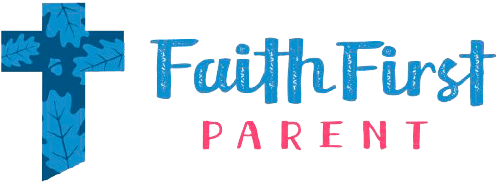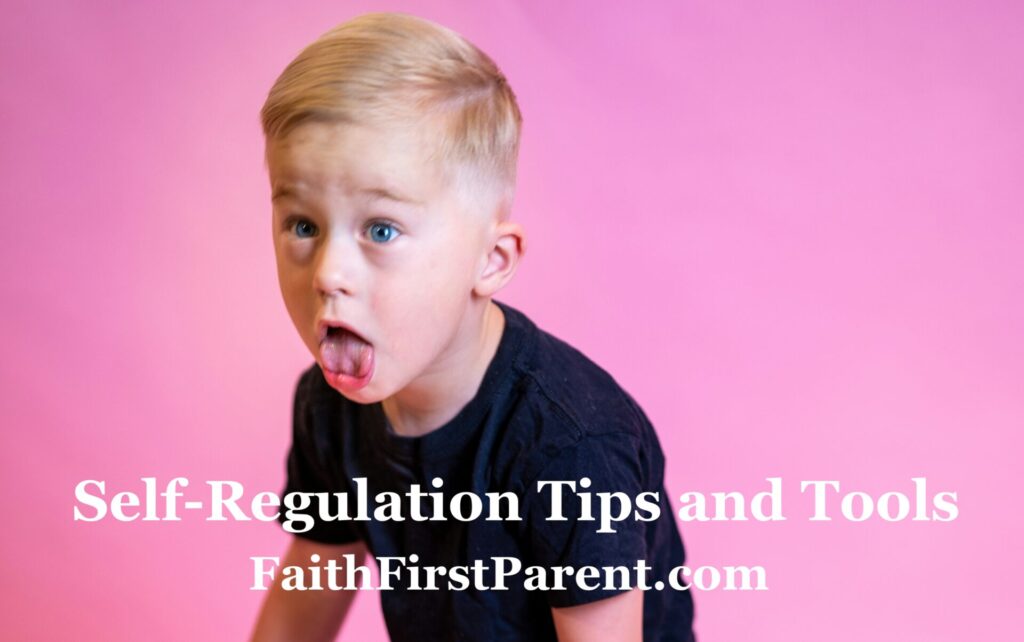Self-Regulation Tips and Tools
Self-regulation is a life skill to be modeled, encouraged, and practiced. Use these tips and tools to help your children develop the skills they need to navigate their feelings and interactions.
Modeling
As parents, it is crucial to demonstrate emotional regulation. Show your children how to calmly express feelings of frustration, sadness, or disappointment. Use phrases like “I feel…” to verbalize your own emotions. This helps your child understand that it’s normal to have a variety of feelings and that there are appropriate ways to express them.
Create a Reading Routine
Make reading/quiet time a habit your children look forward to each day. While reading with your kids, discuss the emotions of the characters in the book. Ask open-ended questions like “Why do you think the bunny was disappointed?” and “How would you feel in that situation?” This not only enhances comprehension but also builds empathy.
Encouragement and Positive Reinforcement
Use encouragement and positive reinforcement frequently throughout the day when your children makes good choices in how they relates to others. If big emotions are frequent, create a reward system for healthy responses. A sticker chart or a special treat for positive, thoughtful words and actions is helpful. Celebrate achievements, no matter how small, to instill a sense of pride and motivation in your child.
Role Playing
Engage in role playing activities to practice self-regulation skills. Create scenarios your children might face such as sharing toys or dealing with a disagreement. Role play different ways to handle these situations, emphasizing the importance of empathy, cooperation, and expressing emotions appropriately.
Mindfulness and Calming Techniques
Teach your children mindfulness and calming techniques to help manage stress and anxiety. Simple exercises like a self-hug, deep breathing, counting, or finger taps (thumbs, index finger, etc.) can be effective. These techniques provide tools for your children to use independently when they need to calm down.
Create Safe Spaces for Expression
Ensure that your children know they have a safe space to express their emotions. Encourage open dialogues where they can talk about their feelings openly. It’s okay to be mad. The goal is to identify what triggered the anger and how to express the emotion in an appropriate way. Be an active listener and validate emotions to make kids feel heard and understood.
Consistent Routines and Boundaries
Maintaining consistent routines and clear boundaries helps children feel secure. State clear expectations for situations and activities. Ask questions to make sure your children understand they can expect and what’s expected of them. When children are in the know, it reduces anxiety for everyone.
Parental Self-Care
Parents also need to practice self-care and self-regulation. Managing your own emotions and stress positively impacts your ability to support your child’s emotional development. Take time for yourself to recharge, ensuring you can be the best role model for your child.
Teaching self-regulation skills to young children is an ongoing process that requires patience, consistency, and creativity. Incorporating these practices into daily routines will help children develop the skills they need to navigate their feelings and interact well with others. Remember, the journey of emotional learning is a shared one, and every small step taken together makes a significant difference in your child’s development.
© 2025 Becky Danielson. All rights reserved.
If this post is encouraging, please take a moment to subscribe to the Faith First Parent e-newsletter or share the post with a friend.
Photo by Zachary Kadolph on Unsplash

